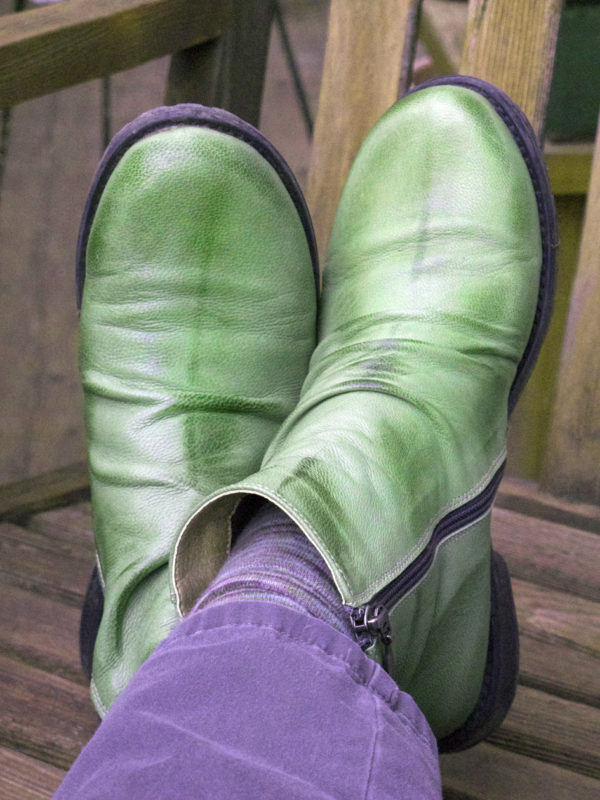
The recurrent heat this summer has induced a certain idleness, which, as it turns out, I cherish. The absence of pressure to keep a tightly regulated schedule is one of the greatest gifts of retirement. You’ll find me happily nodding off in the lawn chair during the middle of the day until I wake with start, heart racing: it’s a sin!

Acedia, or idleness, was indeed counted among the deadly sins, number 8, to be precise, after pride, greed, lust, envy, gluttony, and wrath. The concept dates back centuries to early monastic orders who needed structured rules and labor to maintain a functioning monastic life. Idleness was seen as threatening spirituality as well through restlessness, boredom and physical drowsiness.

By the end of the 13th century the concept was increasingly applied outside of the cloister walls to the population in general, in parallel with the development of a new commercial economy based on chronological clock-time, rather than the agrarian calendar ruled by the seasons and religious festivals. Sloth was attacked as the enemy of an orderly and productive life. For all, that is, except the aristocratic classes where idleness was equated with a space where creativity could flourish. Those not engaged in productive labor scored an exception again! And justified it by pointing back to the Greek philosophers who held a renowned antipathy to labor.

With the rise of industry, and its need for punctual and synchronized labor, the condemnation of idleness became more intense; racist tendencies were fed by condemning the “idleness” perceived in (poor) criminals and less civilized nations, ethnographers joining the church and state representatives in this approach. Language picked up on it as well – in German, for example, the words Faulheit (laziness) and Fäulniss (putrefaction) share the same root. Order, thrift and industry became hallmarks of the rise of industrial production, serving capitalism regardless of the welfare of those it exploited. Children were deemed to be ready to work at age 9 (even by Karl Marx!) The one exception to this chorus of “reformers” was Marx’ son-in-law, Paul Lafargue, who wrote a brilliant treatise on “The Right to be Lazy,” but he was the only 19th century socialist who did not bow before the altar of industriousness.

Eventually, towards the end of the 19th century resistance to labor would be conceptualized in a different way. Rather than seeing laziness as minds craving idleness, scientists started to understand that bodies experienced fatigue. To maximize productivity you had to understand what a human body could endure and how strength could be maintained. Although moralizing writers continued to preach about the pitfalls of sloth, it was the economy of energy that became central to industrialists. Fatigue became associated with physical and mental breakdown which threatened ever increasing productivity needed by a capitalist system.

Having now tried to condense several chapters of Anson Rabibach’s riveting The Human Motor: Energy, Fatigue, and the Origins of Modernity into 502 words, fatigue sets in. So let me take a nap while you enjoy the link below!

Street photography of people who allowed themselves the pleasure of just standing, sitting or lying around.





